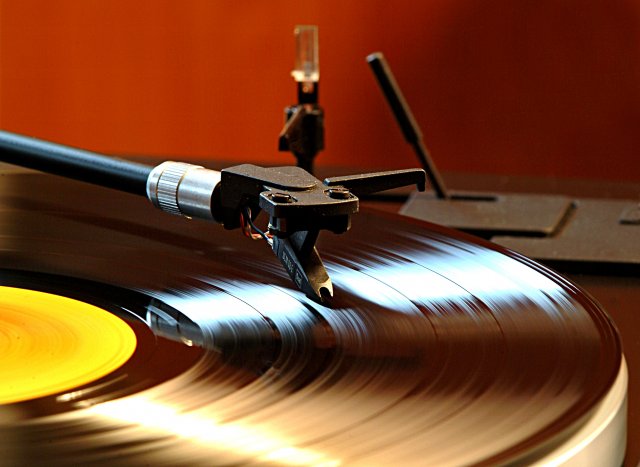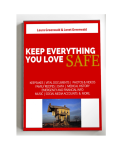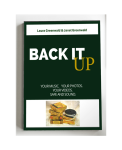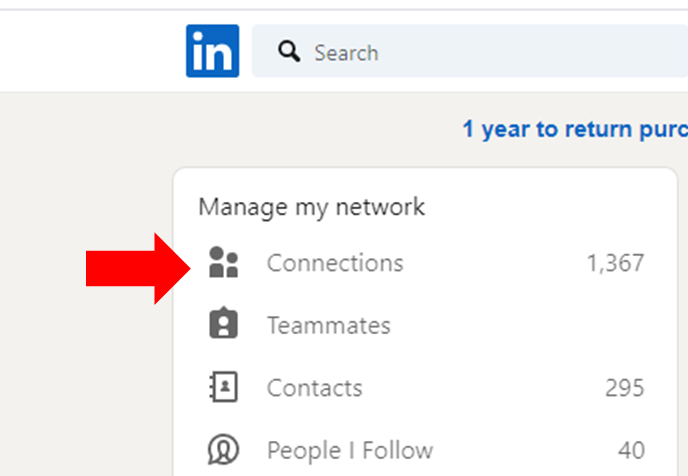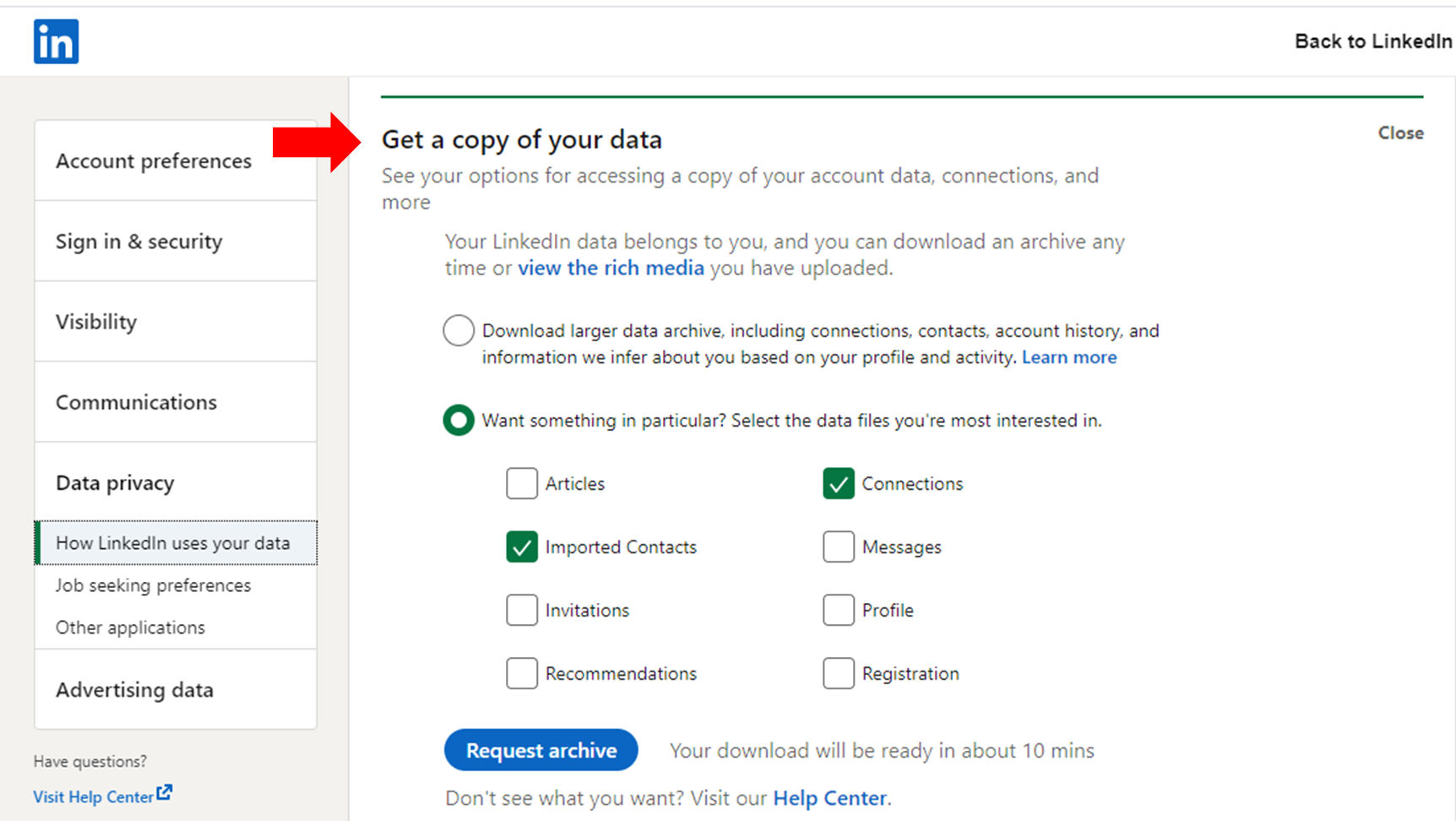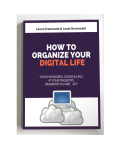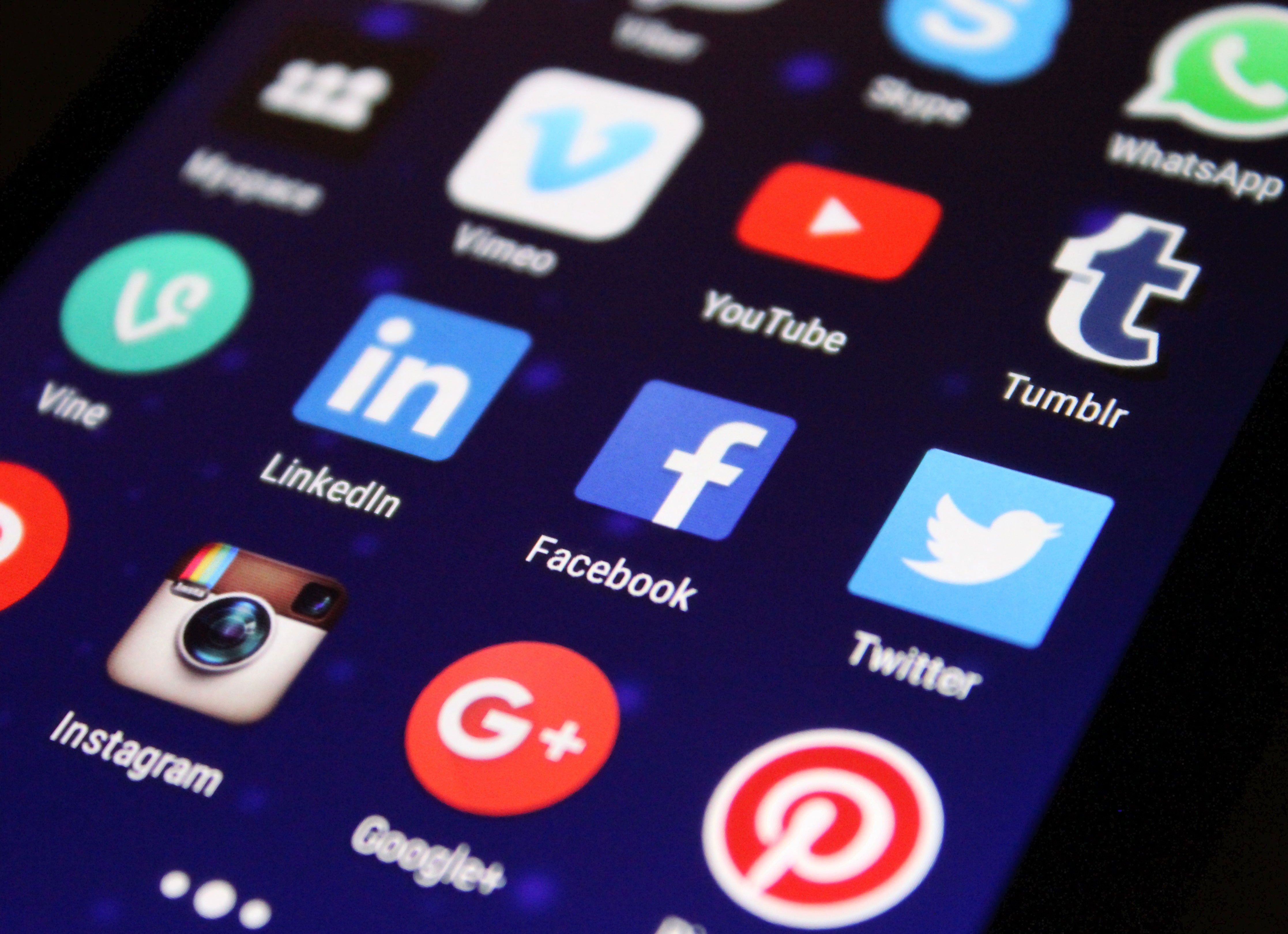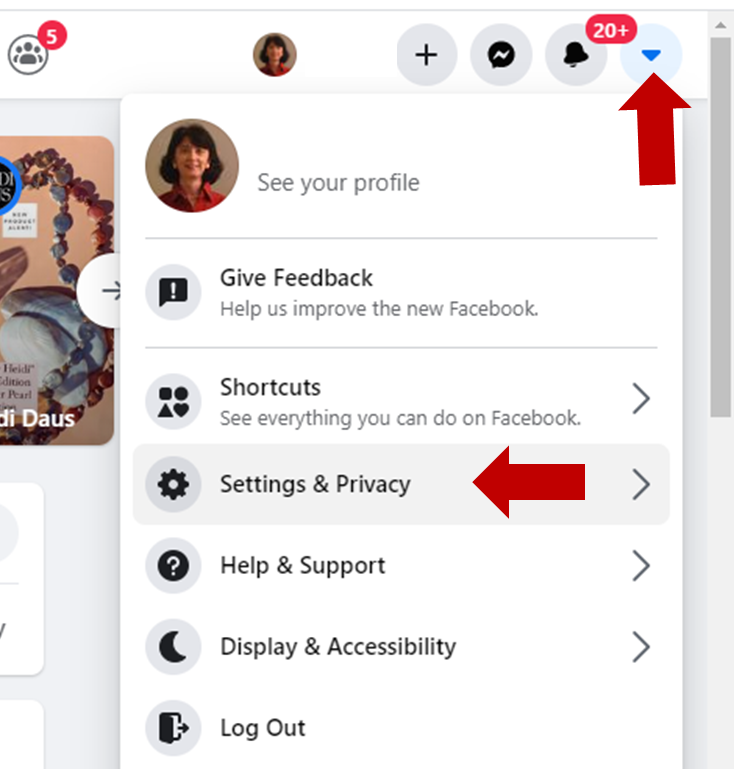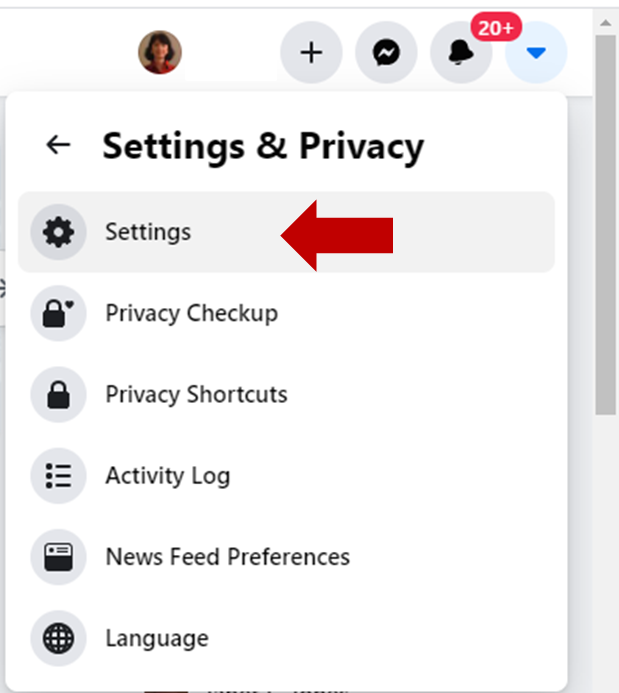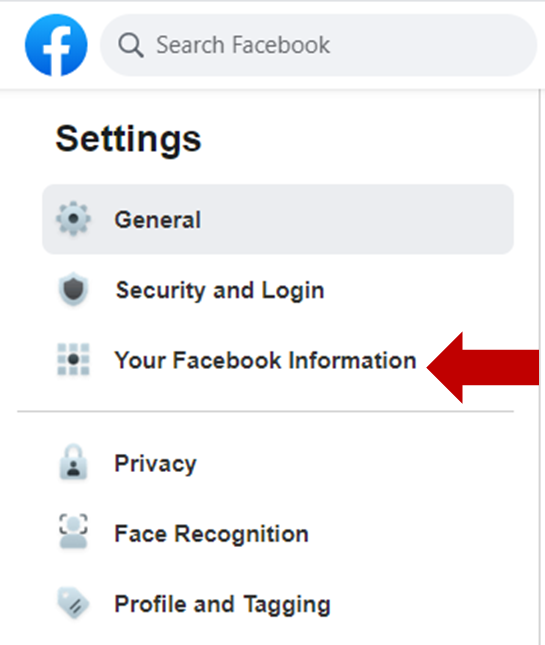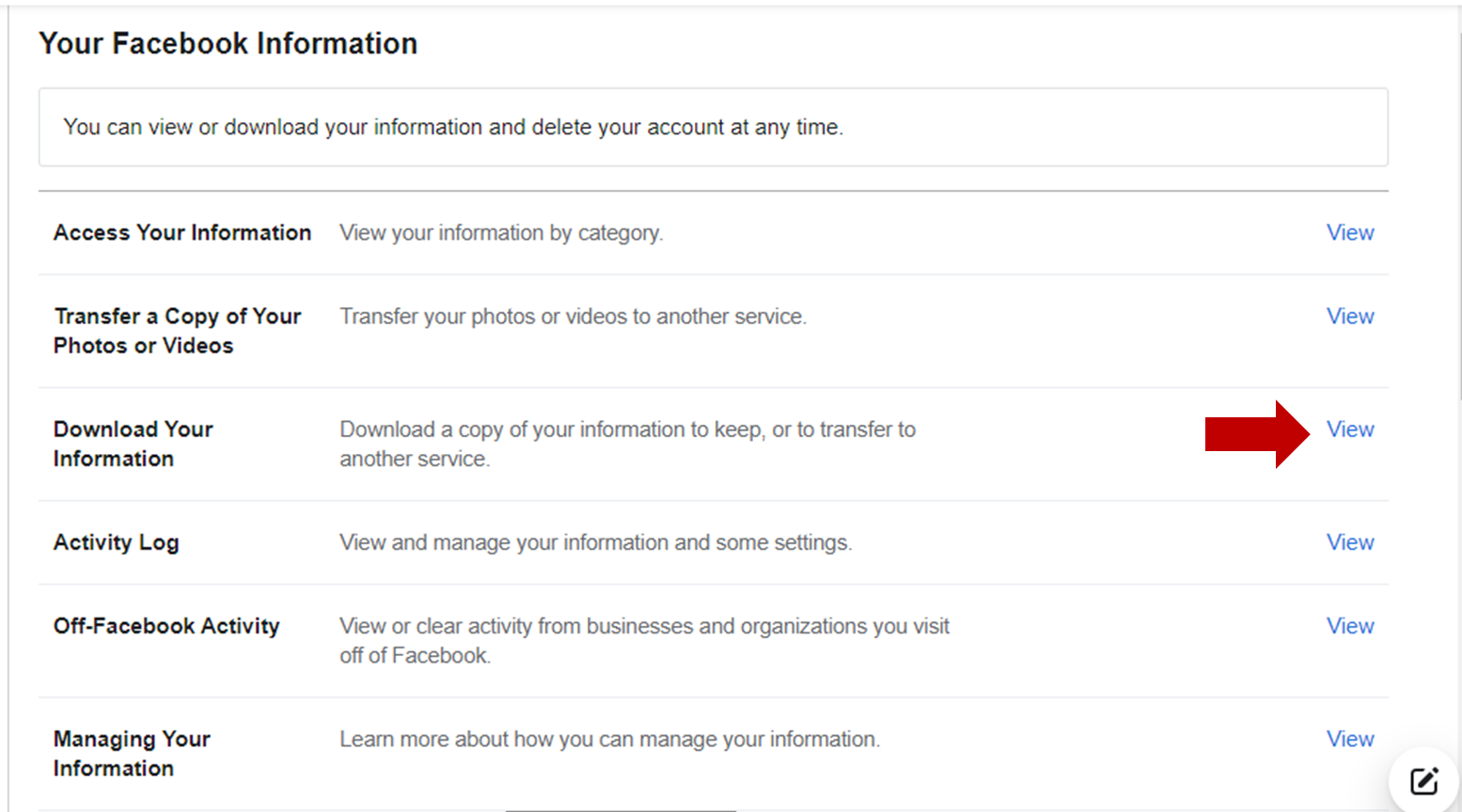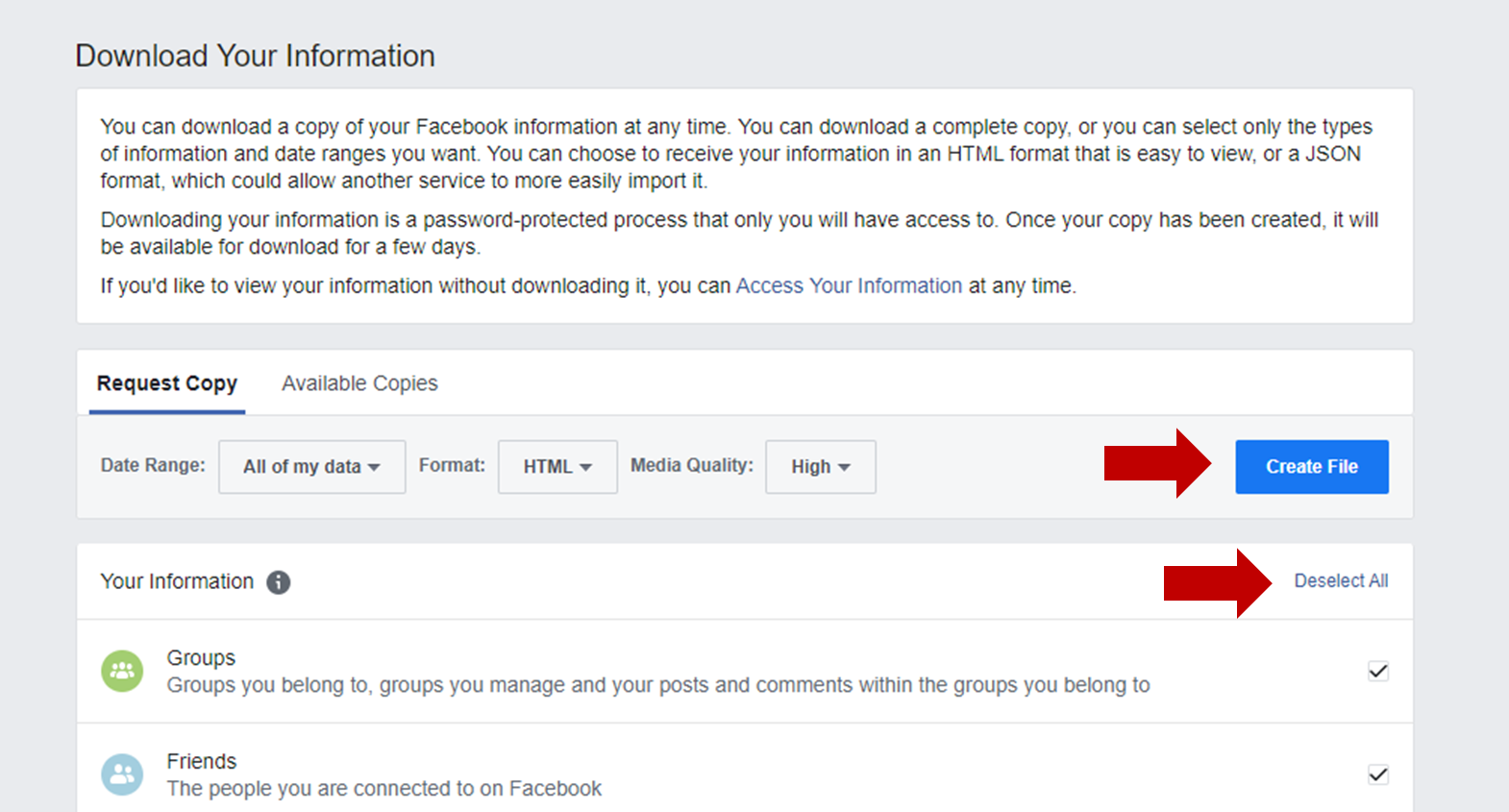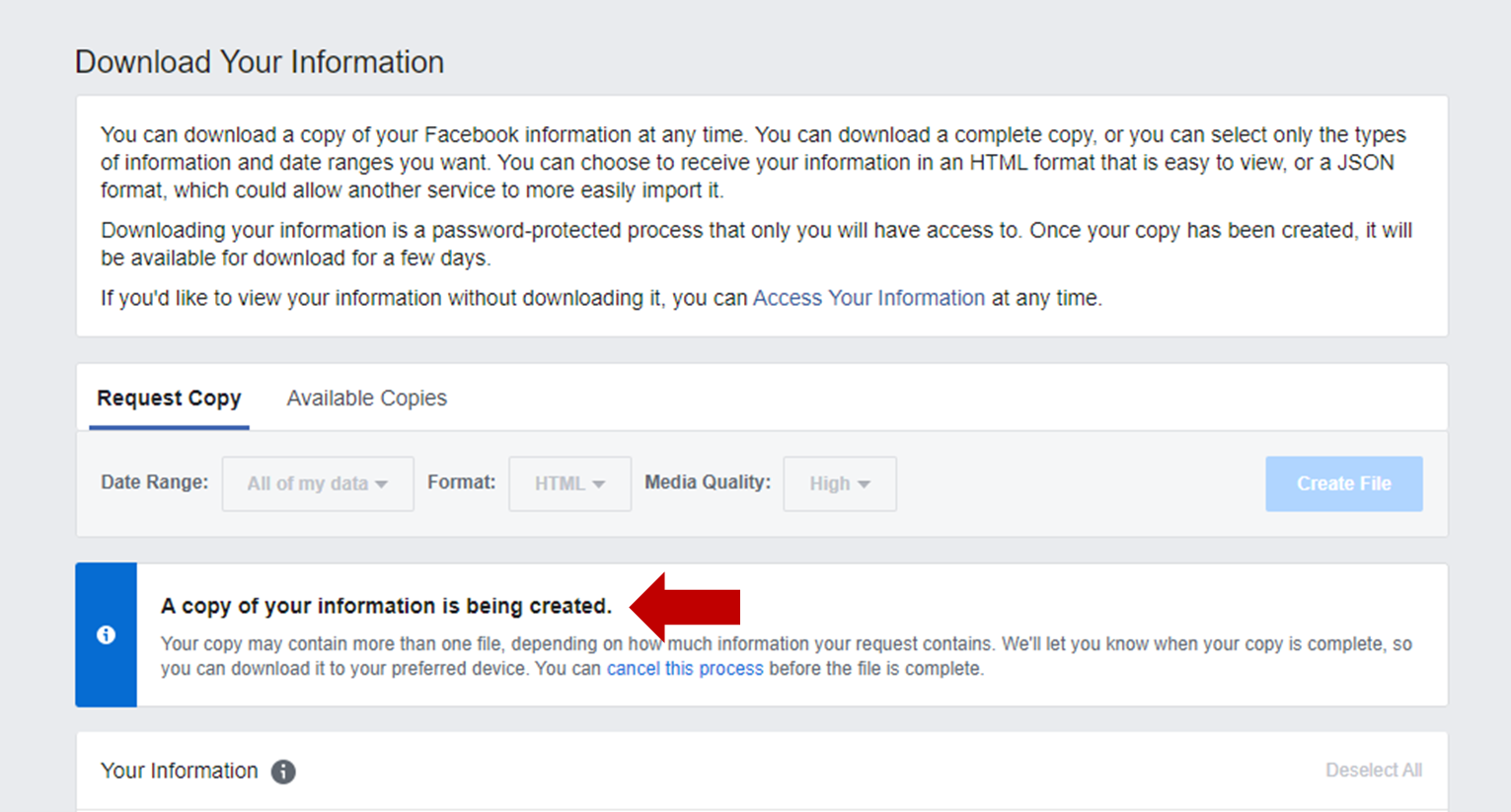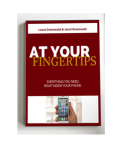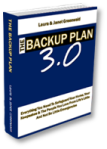Updated 3/7/21
How To Keep Your Holiday Photos Safe
Do you remember that commercial with all of the pictures standing inside some guy’s camera, all squished together like they were riding on a subway car at rush hour? They’d all jockey for position hoping that they wouldn’t be the picture that would get deleted to make room for whatever the camera owner wanted to take a picture of next. It was hysterical! Unless you’re the picture that gets deleted. Or the owner of the camera who has to decide which of his favorite pictures to deleted so he can take another.
So how many photos are YOU going to take this Christmas or Hanukkah?
The picture of your toddler opening up her first tricycle?
The shot of your husband nearly knocking over the TV trying to put the star on the tree?
And how many of them will still be around for you to enjoy next year?
Not so funny, is it?
There are two things that put every picture you take, in jeopardy. The first is not taking the time to download the pictures you’ve already taken, onto your computer for safekeeping. The second, is not being prepared to capture that once-in-a-lifetime photo whenever it happens.
Here are two simple steps, you can take that will completely eliminate the danger of losing this year’s special memories.
1) Do not, do not, do not use anything but a regular digital or video camera to take photos during the holidays. Don’t grab the cell phone to snap the picture of the entire family including 101 year old Grandpa Charlie around the Christmas table. Very few cell phones have enough megapixels to grab a good enough picture for the family to keep and share. It might be convenient, but you know as well as I do that you’re going to get a blurry or fuzzy shot instead of what you really want. And even you do manage to snap a Mona Lisa, you’re going to forget to email it to yourself, so don’t even think about it!
2) Instead, choose your best digital camera and keep it at your side throughout the holidays. Keep it charged, or even better keep an extra battery charged as well. And while you’re at it, keep an extra SD card ready to swap out, just in case your Hanukkah dinner ends up being photo-intensive than you thought. To add an additional level of safety, draft another relative to do exactly the same thing so that you’ll get full coverage of every event. Then you can get together when the holidays are over, compare your work and send the best photos to all of your relatives on a CD. Now that’s a holiday to remember.
3) Don’t let the memory card on your camera get so full that you have to start deleting pictures! In fact don’t let it get anywhere near full. At the end of every evening make yourself take five minutes to download that day’s photos to your computer. Make sure you already have the USB cable next to your computer before you leave for the evening so you won’t have any excuses when you get back home. Get your kids or your husband to promise not to let you go to bed without downloading them, even if you have to leave the camera on the bed as a reminder.
4) If you’re really bad at remembering to download your photos to your computer, then watch the video above. The secret is to let the your camera or phone do the downloading for you. How? Buy a wireless camera like the Canon Power Shot. Wi-Fi digital cameras automatically connect to the Wi-Fi connection in your home to upload your photos from your camera to your computer, without you having to lift a finger. If you don’t have a wireless camera or don’t want to purchase a new one, get an Eye-Fi card. Eye-Fi is an SD card with a built-in wireless connection that will do exactly the same thing. We’ll get into more details about it in another blog post, but you can be in Italy sipping espresso at a sidewalk café with a Wi-Fi connection and your photos will begin appearing on your computer back home, safe and sound until you get return.
This year, don’t leave your photos to chance. Take a moment to take these two simple steps and before you know it, you’ll be enjoying this year’s holiday photos. While you’re putting up the ornaments next year.
Have Fun Getting Your Stuff Together!
Back It Up
 I don’t know about you, but the most important keepsakes in our house are our old family photos, followed closely by our home movies and music. But grabbing piles of photo albums and all your picture frames off the walls is pretty hard to do when you’re running out the door! With Back It Up, you’ll learn quick, easy steps to back up your print/digital photos, home movies, music (including vinyl & cassettes) and save them in multiple, disaster proof locations. Paperback Or Instant Download
I don’t know about you, but the most important keepsakes in our house are our old family photos, followed closely by our home movies and music. But grabbing piles of photo albums and all your picture frames off the walls is pretty hard to do when you’re running out the door! With Back It Up, you’ll learn quick, easy steps to back up your print/digital photos, home movies, music (including vinyl & cassettes) and save them in multiple, disaster proof locations. Paperback Or Instant Download
Keep Everything You Love Safe | The Book Inspired By The Blog
 Keep Everything You Love Safe, is filled with quick, easy, 5 minute steps you can take right now, to get everything that’s important to you organized, safe, sound and accessible. Each section covers a different area, from backing up and fixing family photos, home movies and music, to vital documents, medical and financial information and even getting your digital life in order. Paperback Or Instant Download
Keep Everything You Love Safe, is filled with quick, easy, 5 minute steps you can take right now, to get everything that’s important to you organized, safe, sound and accessible. Each section covers a different area, from backing up and fixing family photos, home movies and music, to vital documents, medical and financial information and even getting your digital life in order. Paperback Or Instant Download
Keep The Stuff You Love Safe
How To Save Your Treasured Voice Mail Messages
How To Save Your Home Movies And Videos
How To Archive Your Digital Photos
How To Archive Your Print Photos
How To Make A Home Inventory
How To Get Your Financial Life In Order
How To Preserve Your Family History
How To Back Up Your Facebook Friends List
Turn Your Smartphone Into A Mobile Command Center
How To Backup Your Music, MP3s And Vinyl Albums
How To Access Your Money No Matter Where You Are






